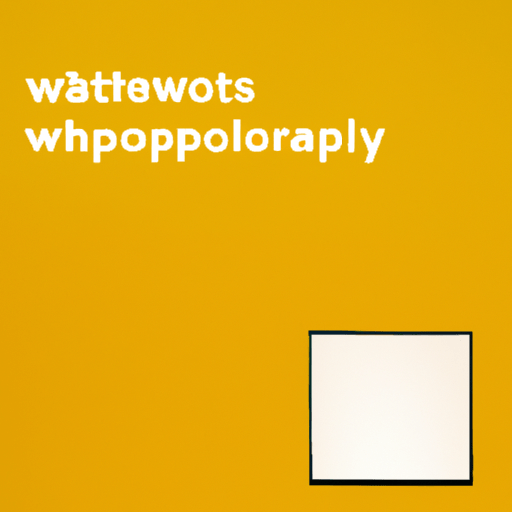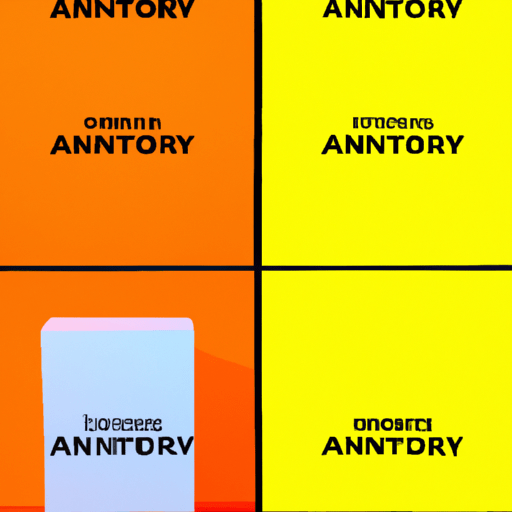
-
Table of Contents
- The Power of Negative Emptiness: Embracing White Space in Design
- The Importance of White Space in Design
- Examples of Effective Use of White Space
- Apple
- Nike
- Best Practices for Embracing White Space
- 1. Plan your layout with white space in mind
- 2. Use white space to create visual hierarchy
- 3. Don’t be afraid of large empty areas
- 4. Use white space to separate content and improve readability
- 5. Test and iterate
- Conclusion
The Power of Negative Emptiness: Embracing White Space in Design

When it comes to design, the concept of “less is more” has long been embraced. In recent years, designers have recognized the power of negative space, also known as white space, in creating impactful and visually appealing designs. White space refers to the empty areas in a design that are intentionally left blank, without any content or visual elements. While it may seem counterintuitive to leave parts of a design empty, white space plays a crucial role in enhancing the overall aesthetic and user experience. In this article, we will explore the power of negative emptiness and how designers can effectively embrace white space in their work.
The Importance of White Space in Design
White space is not merely a void or an absence of content; it is a deliberate design choice that can significantly impact the way users perceive and interact with a design. Here are some key reasons why white space is essential:
- Enhances readability: White space helps improve the legibility of text and makes it easier for users to read and understand the content. By providing breathing room between lines, paragraphs, and sections, white space allows the eyes to rest and prevents visual clutter.
- Focuses attention: By strategically using white space, designers can guide users’ attention to specific elements or key messages. When there is ample white space around an important element, such as a call-to-action button or a headline, it stands out and becomes more visually prominent.
- Creates a sense of elegance and sophistication: White space is often associated with luxury and high-end design. By incorporating white space, designers can evoke a sense of elegance and sophistication, making the design feel more refined and visually appealing.
- Improves user experience: White space plays a crucial role in enhancing the overall user experience. It helps users navigate through a design more easily, reduces cognitive load, and provides a sense of visual hierarchy. When used effectively, white space can make a design feel more intuitive and user-friendly.
Examples of Effective Use of White Space
Now that we understand the importance of white space, let’s explore some real-world examples of how designers have effectively embraced negative emptiness in their work:
Apple
Apple is renowned for its minimalist design approach, and white space plays a significant role in their branding and product design. Take a look at their website or product packaging, and you’ll notice how they use generous amounts of white space to create a clean and sophisticated look. By incorporating white space, Apple allows their products and messages to stand out, creating a sense of elegance and simplicity.
Google’s search engine homepage is a prime example of effective use of white space. The simplicity of the design, with ample white space surrounding the search bar, creates a focused and clutter-free experience. The use of white space helps users quickly identify the primary function of the page and encourages them to take action.
Nike
Nike’s logo, known as the “swoosh,” is a classic example of how negative space can be used to create a memorable and iconic design. The simplicity of the swoosh, with its clean lines and ample white space, has made it one of the most recognizable logos in the world. The use of white space in the logo allows the design to be versatile and easily adaptable across various mediums.
Best Practices for Embracing White Space
Now that we have seen the power of white space in action, let’s explore some best practices for effectively embracing negative emptiness in design:
1. Plan your layout with white space in mind
When starting a design project, it’s crucial to plan the layout with white space in mind from the beginning. Consider the overall structure and hierarchy of the design and identify areas where white space can be incorporated to enhance readability and visual appeal.
2. Use white space to create visual hierarchy
White space can be used to establish a clear visual hierarchy within a design. By varying the amount of white space around different elements, designers can guide users’ attention and emphasize important information. For example, increasing the white space around a headline or a call-to-action button can make it more visually prominent.
3. Don’t be afraid of large empty areas
While it may be tempting to fill every inch of a design with content or visual elements, don’t be afraid of large empty areas. Embrace the power of negative space and allow certain parts of the design to breathe. This can create a sense of balance and harmony, making the design feel more visually appealing and less overwhelming.
4. Use white space to separate content and improve readability
White space can be used to separate different sections of content and improve readability. By adding space between paragraphs, images, and other elements, designers can make the content more scannable and easier to digest. This is particularly important in digital interfaces where users tend to skim through the content.
5. Test and iterate
As with any design element, it’s essential to test and iterate when incorporating white space. Conduct user testing and gather feedback to understand how users perceive and interact with the design. Make adjustments based on the insights gained to ensure that the white space is effectively enhancing the overall user experience.
Conclusion
White space, or negative emptiness, is a powerful tool in design. By embracing white space, designers can enhance readability, focus attention, create a sense of elegance, and improve the overall user experience. Through examples and best practices, we have seen how white space can be effectively incorporated into designs to create impactful and visually appealing experiences. So, the next time you embark on a design project, remember the power of negative emptiness and let white space work its magic.
